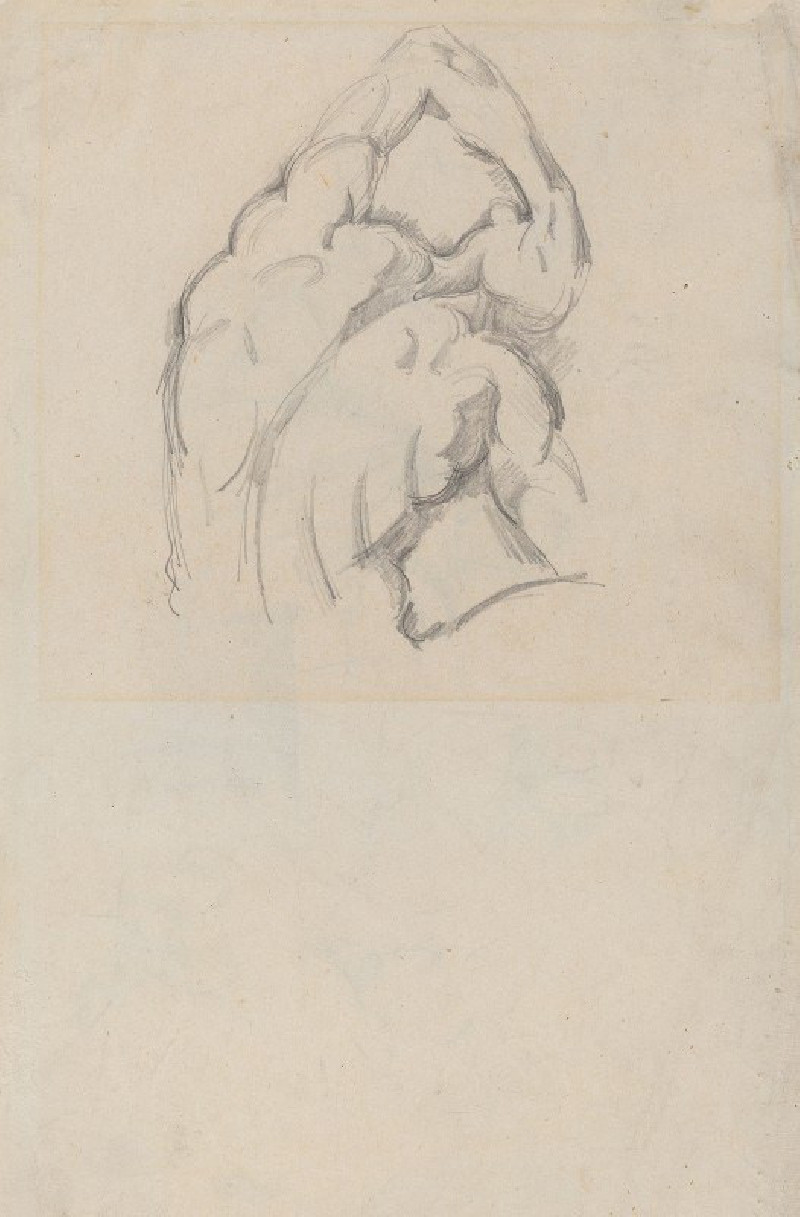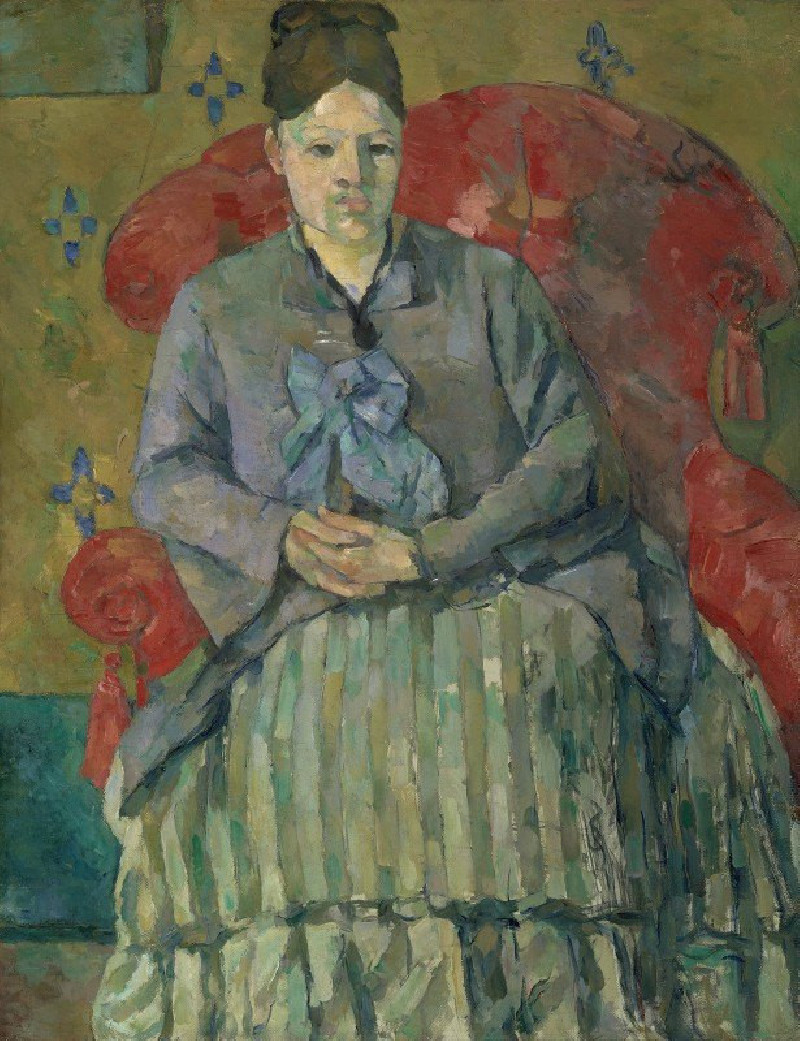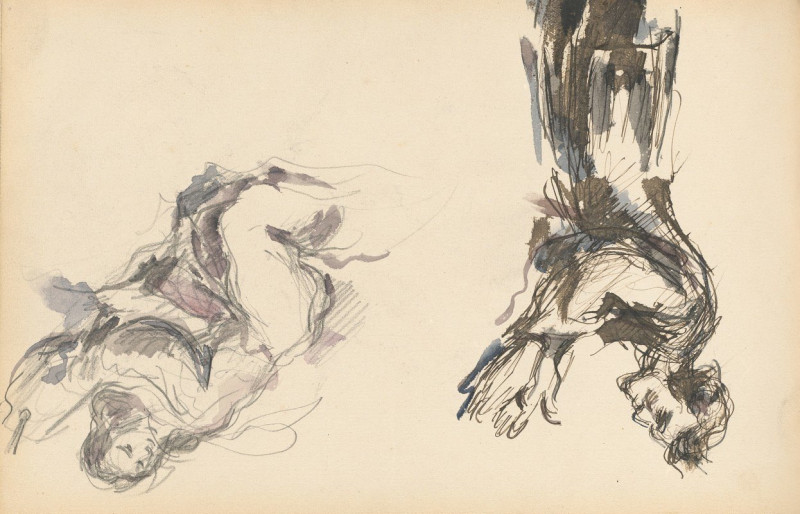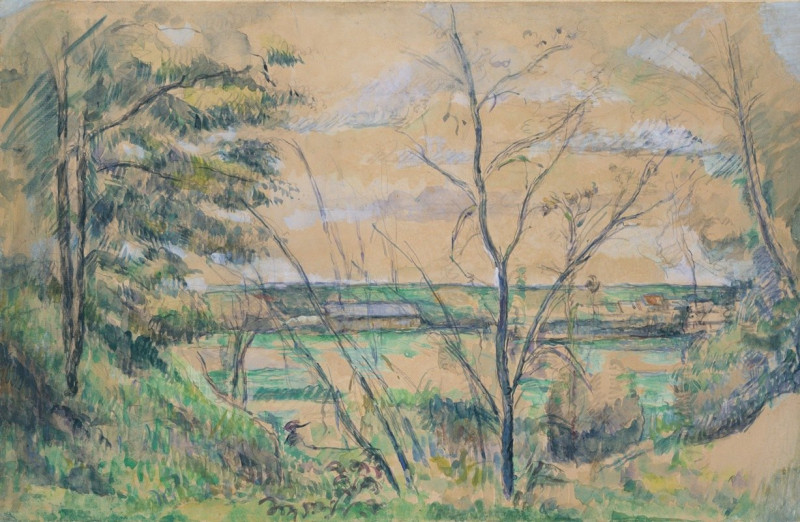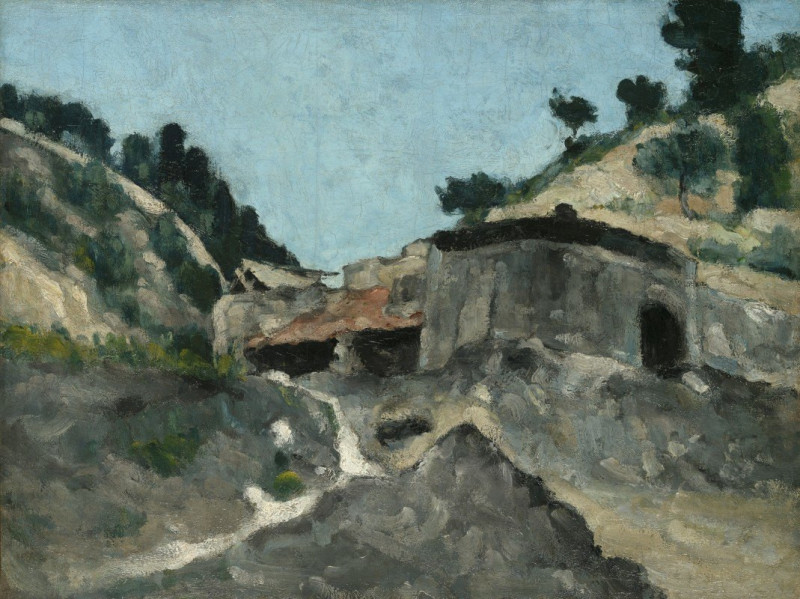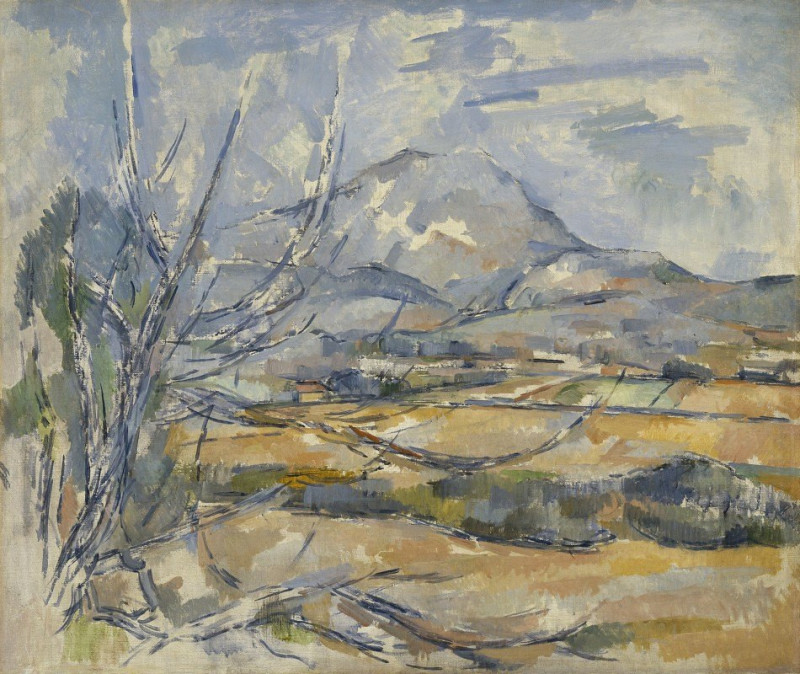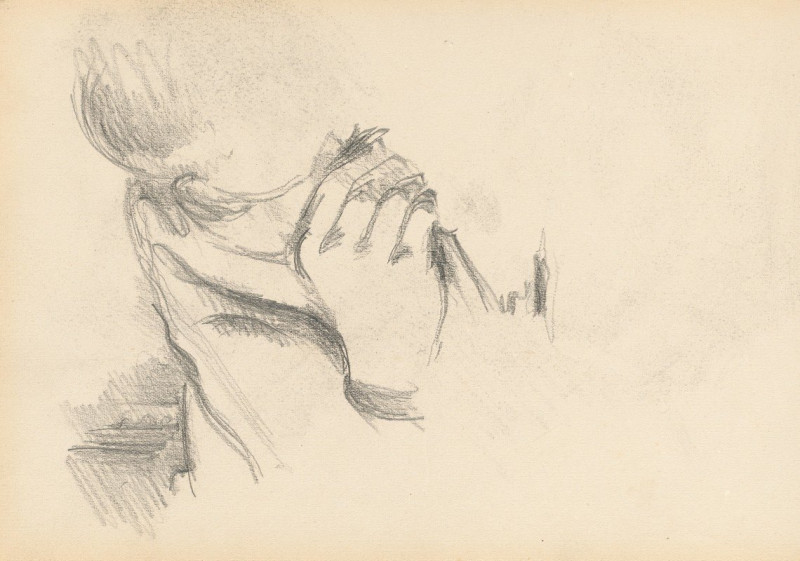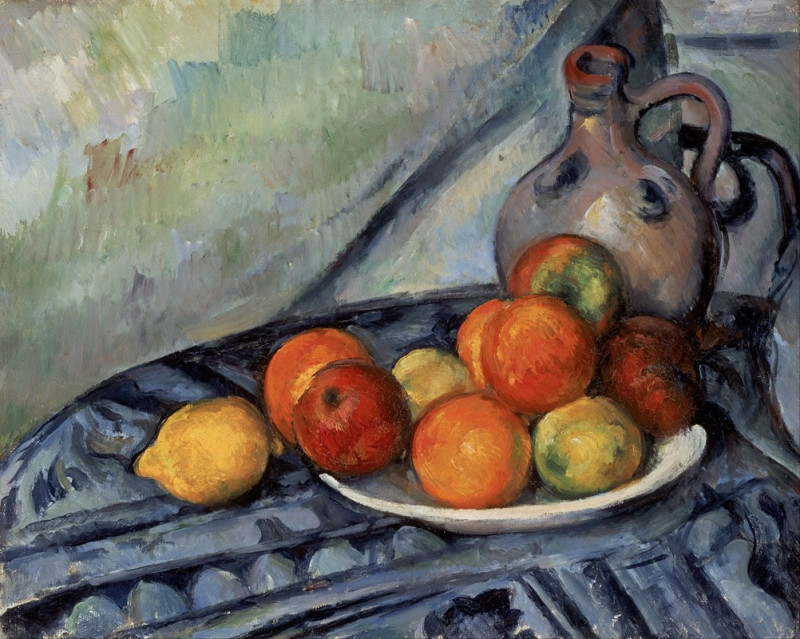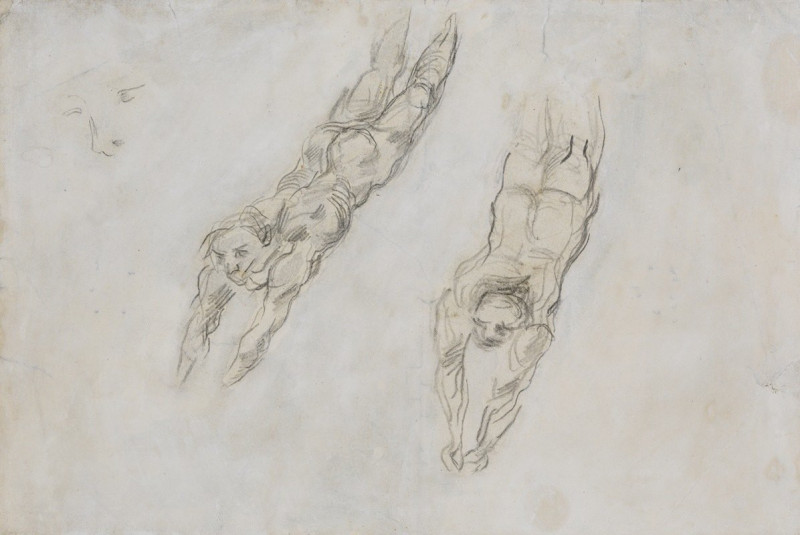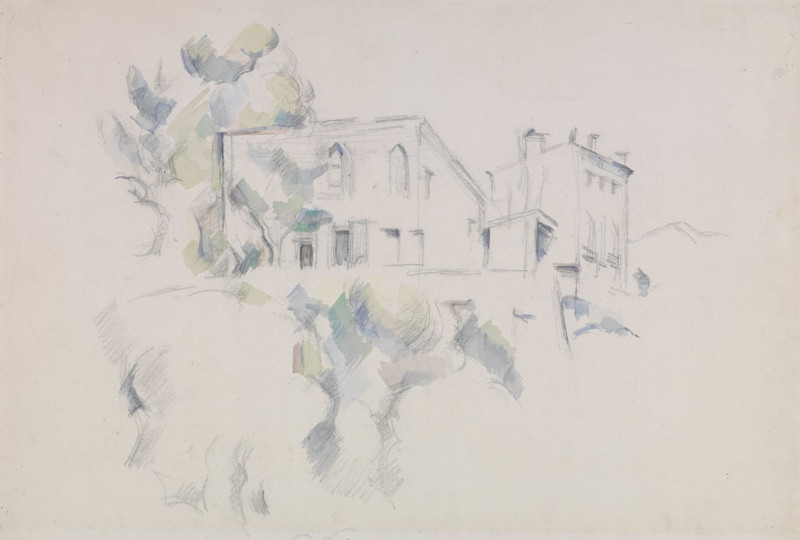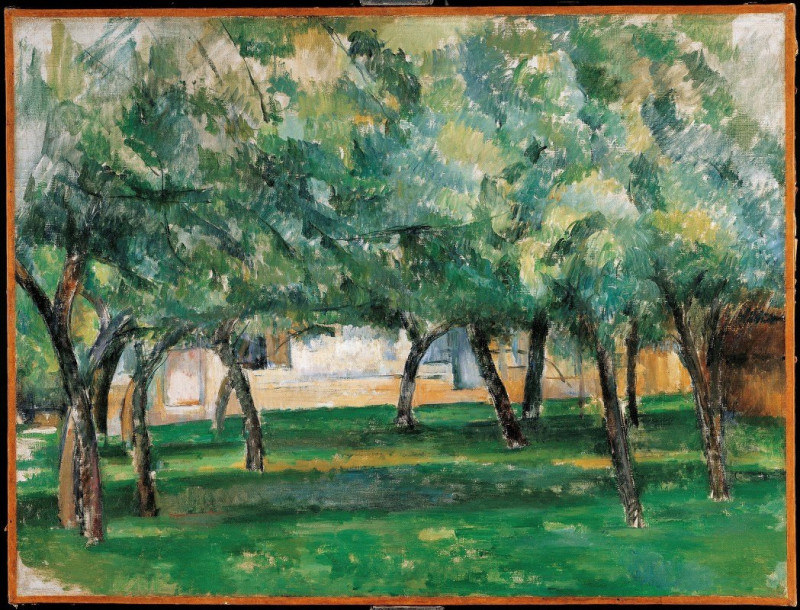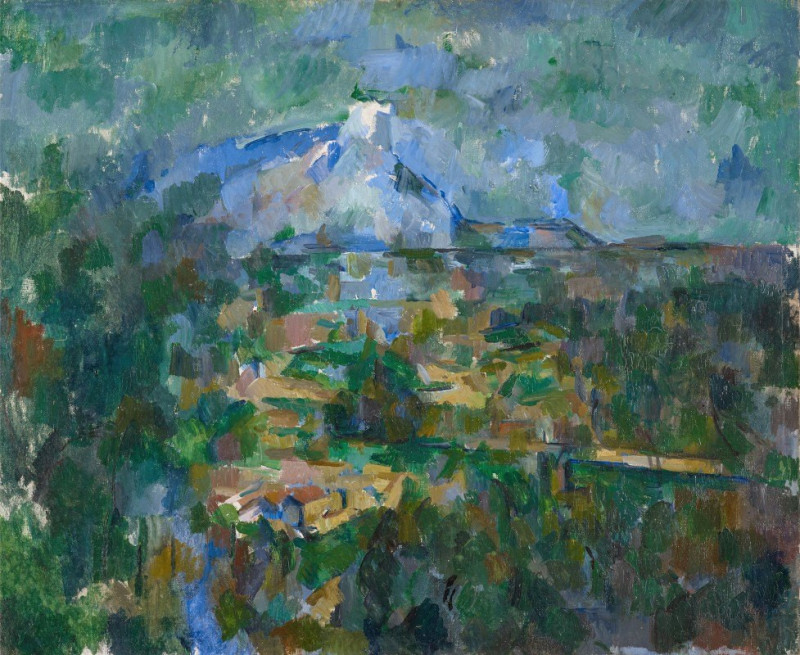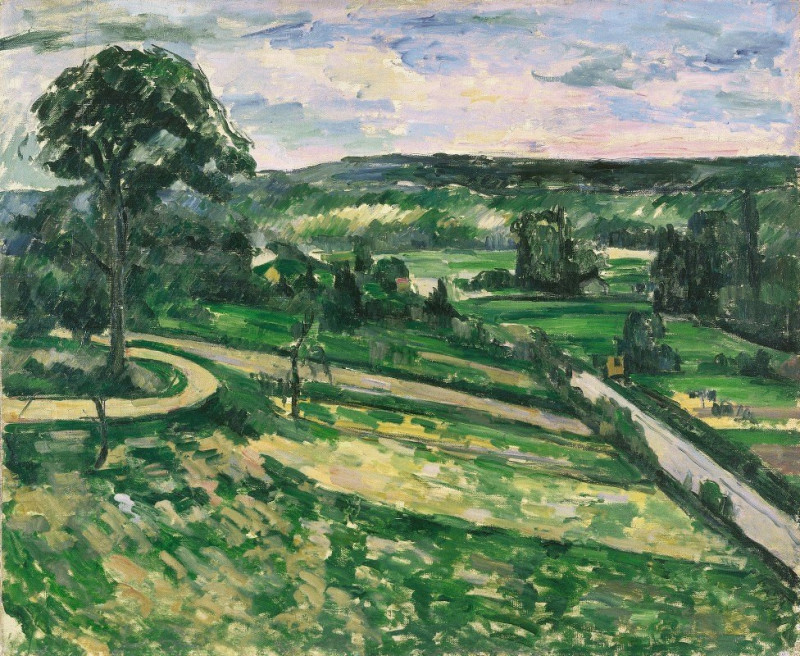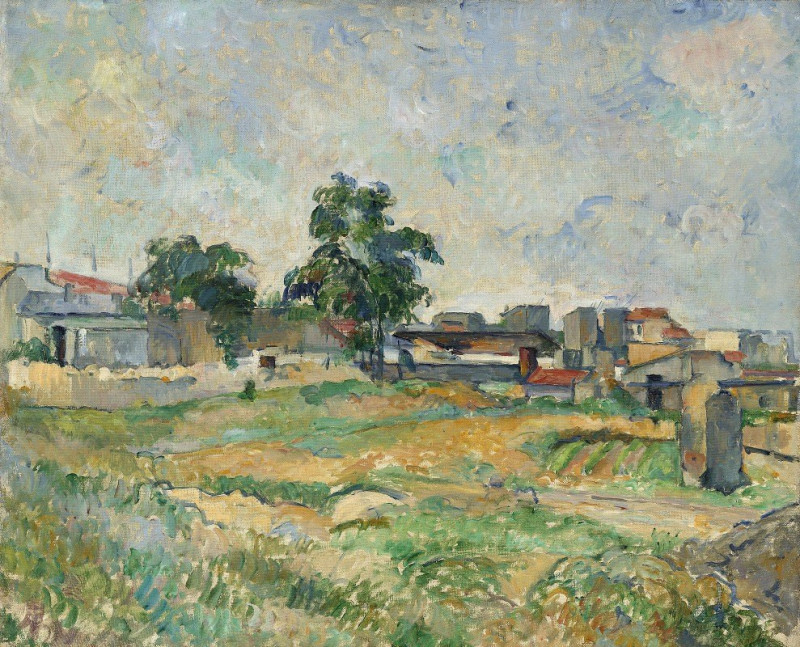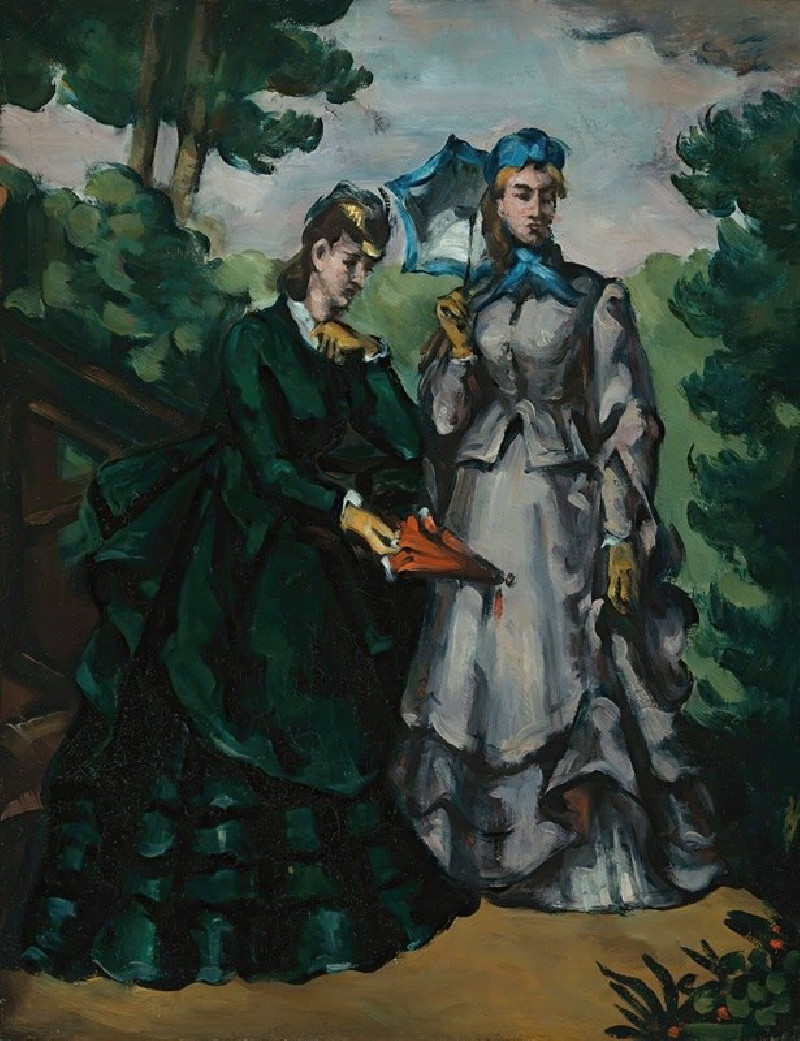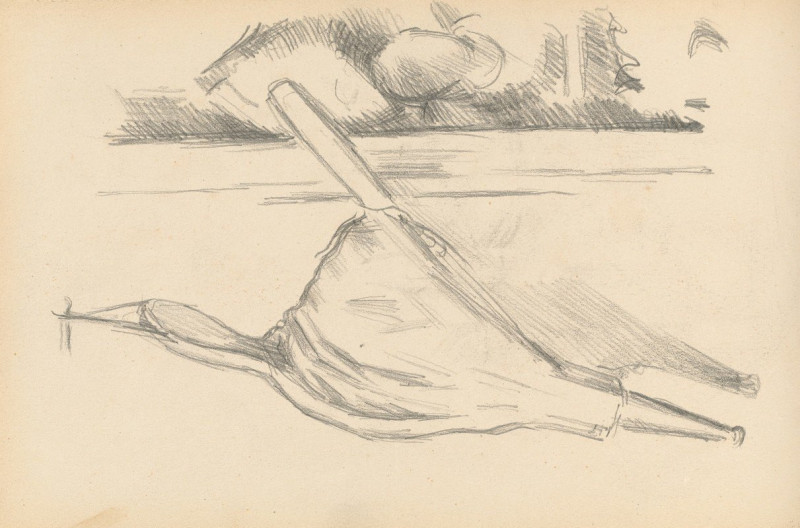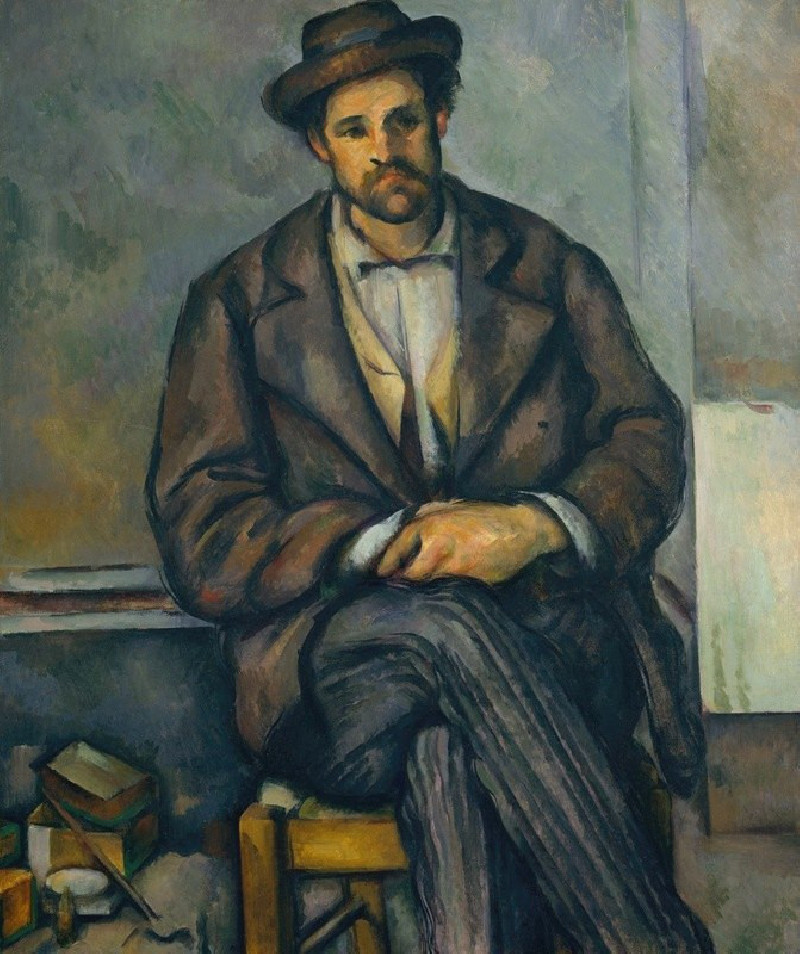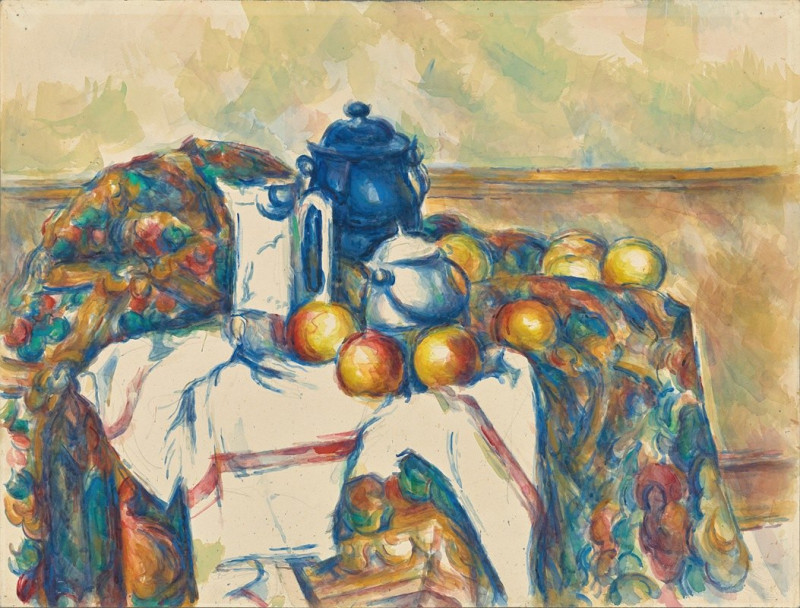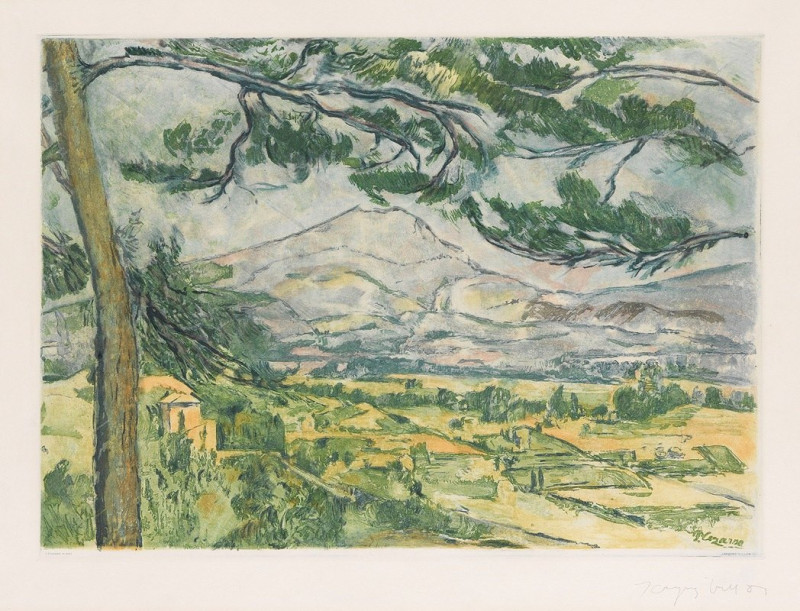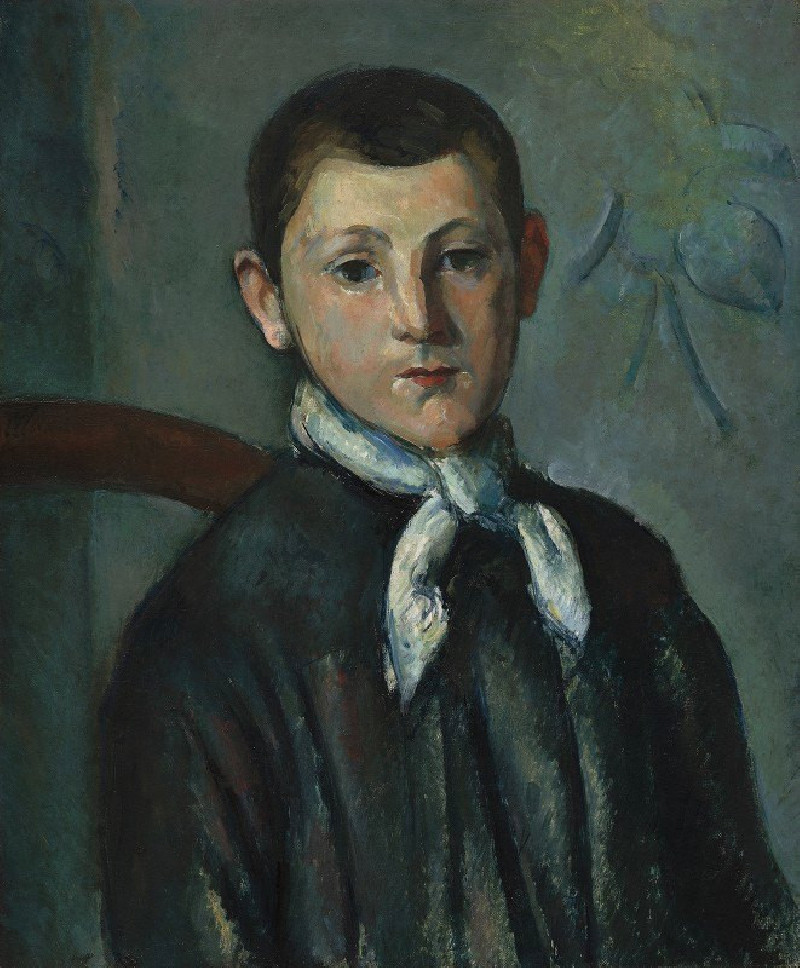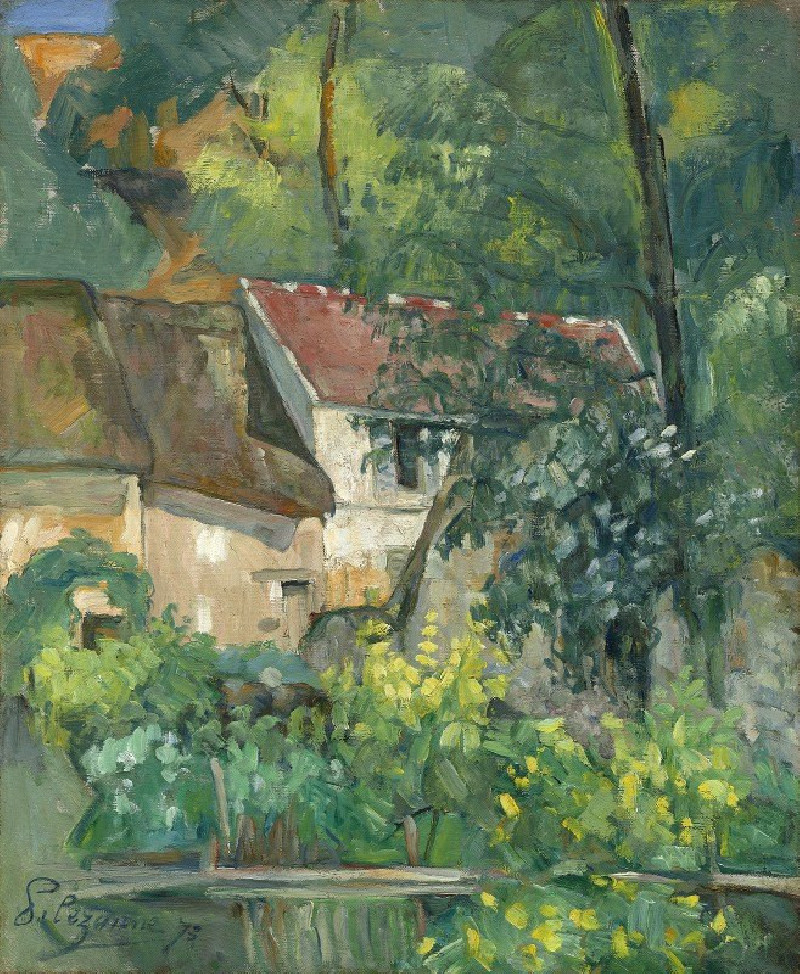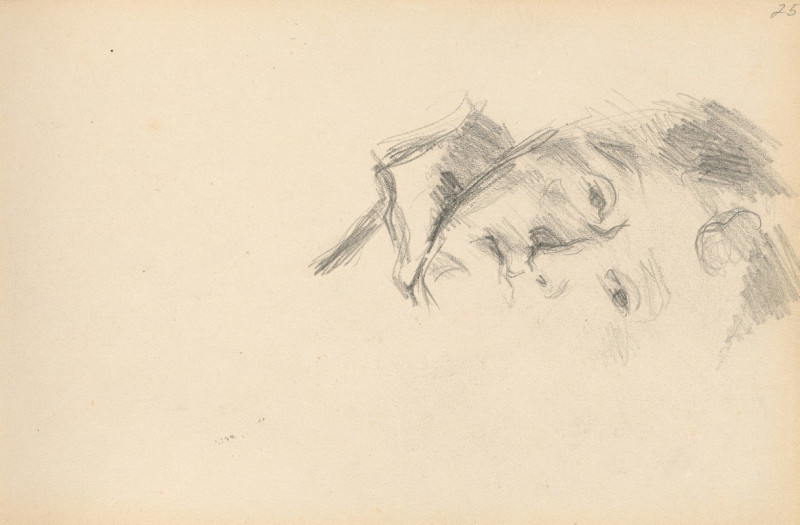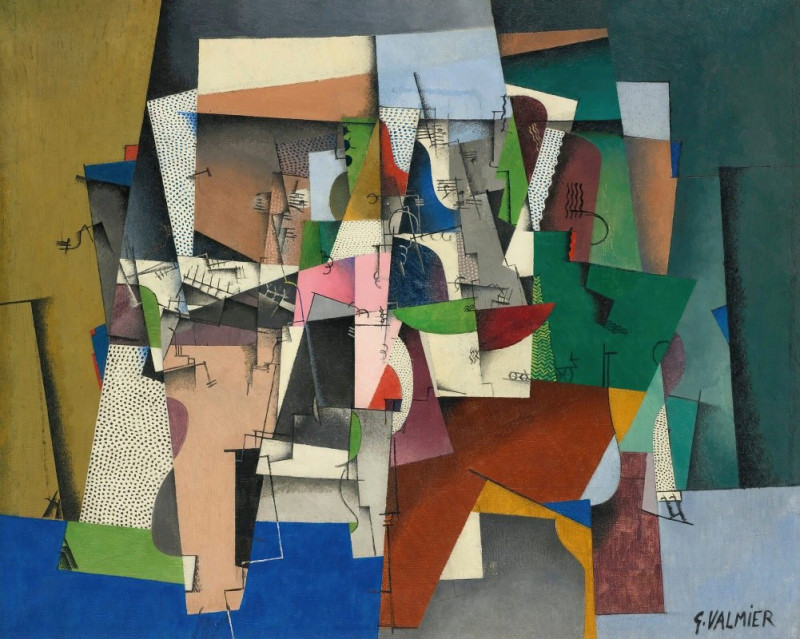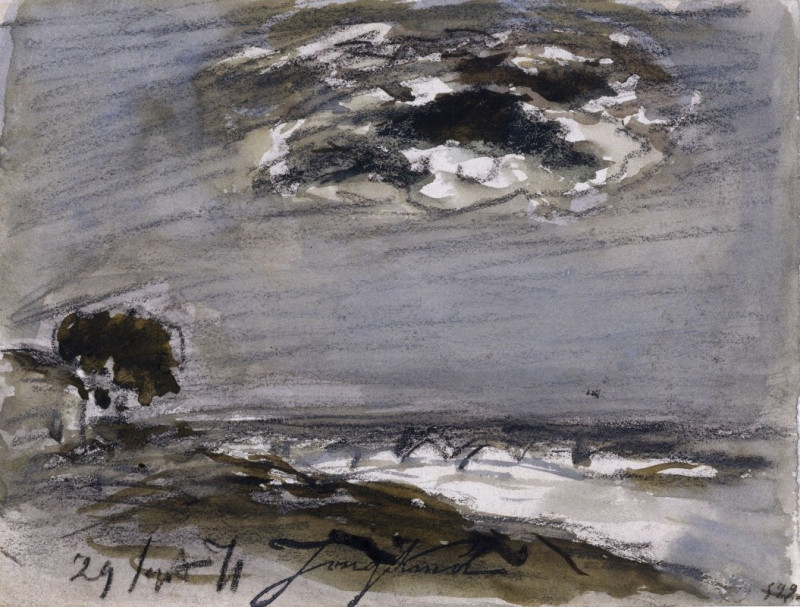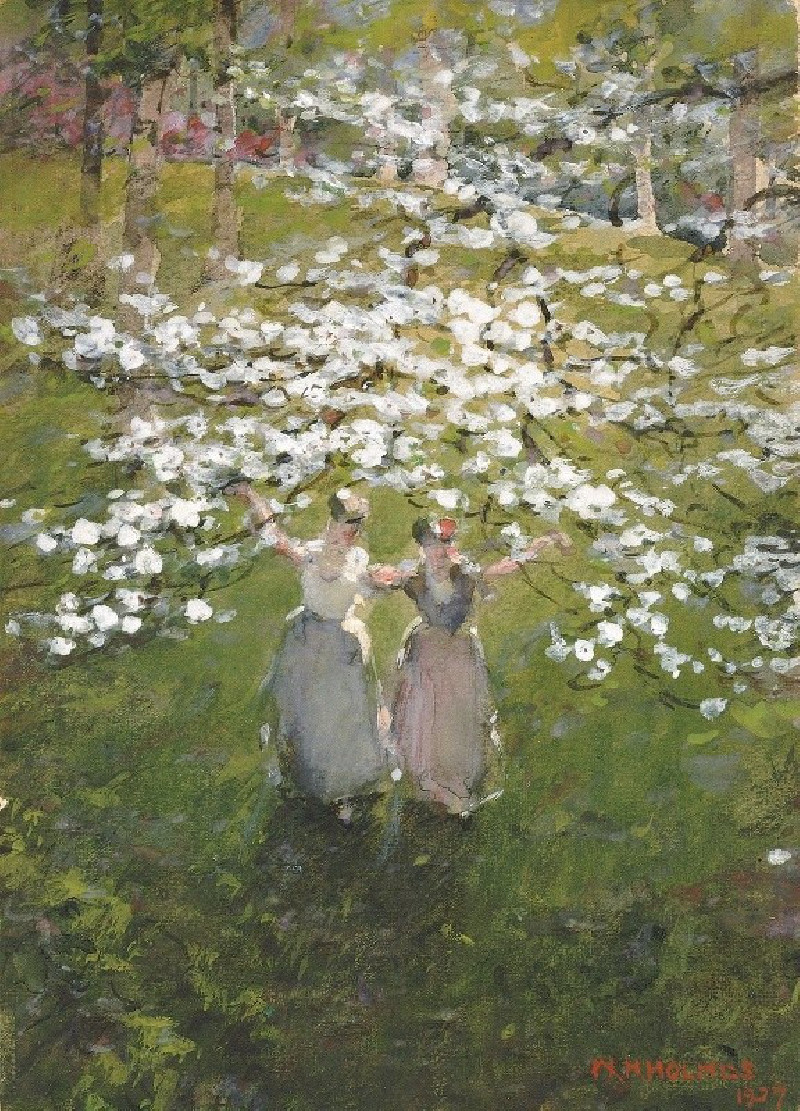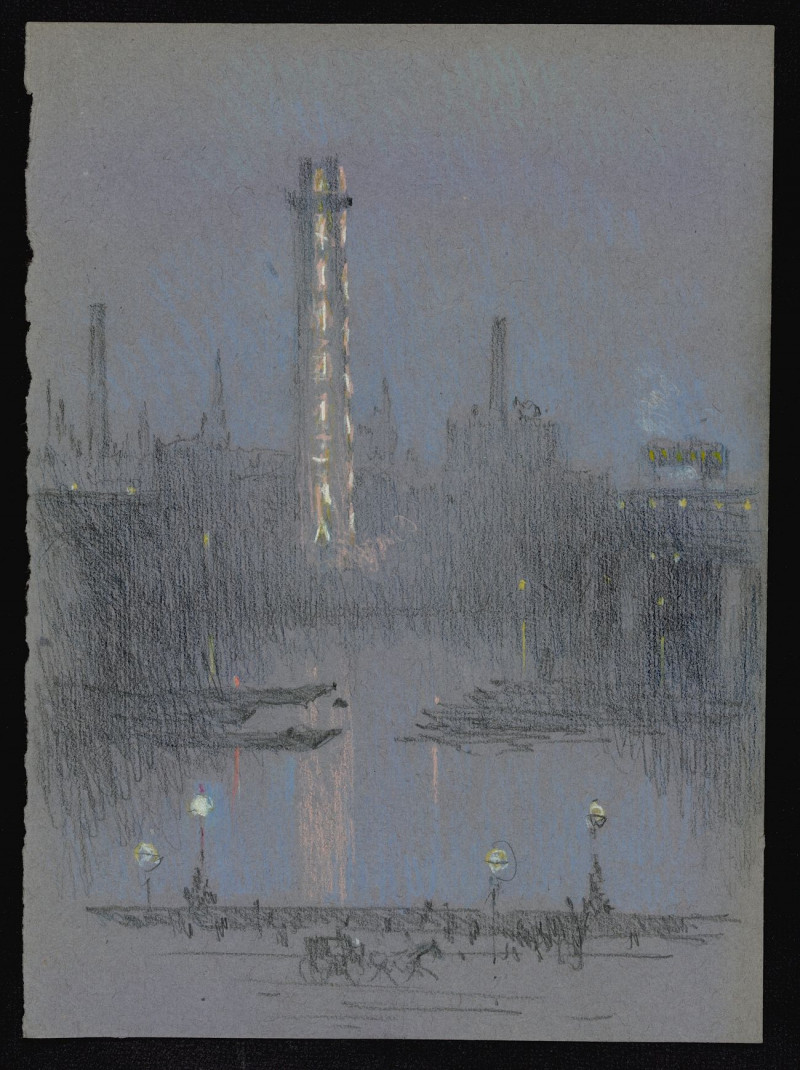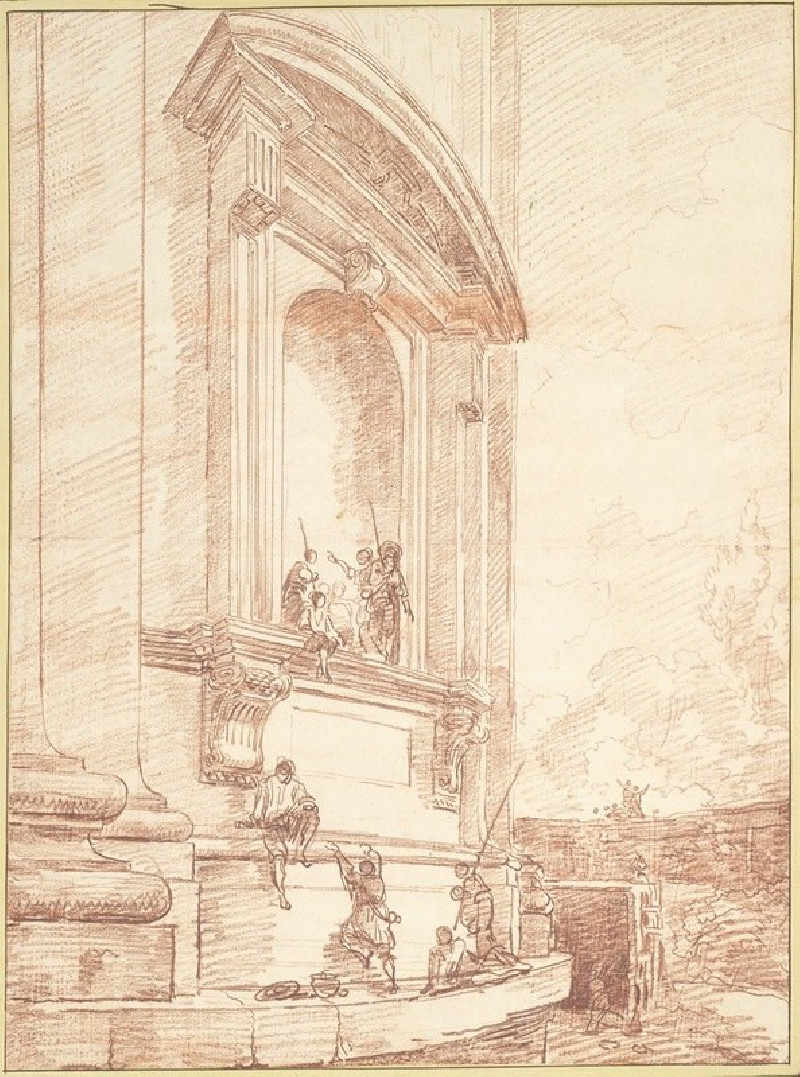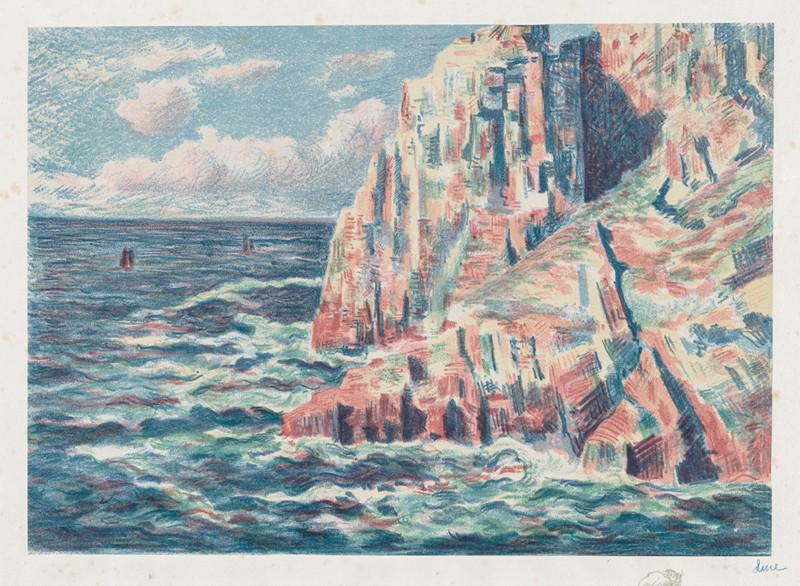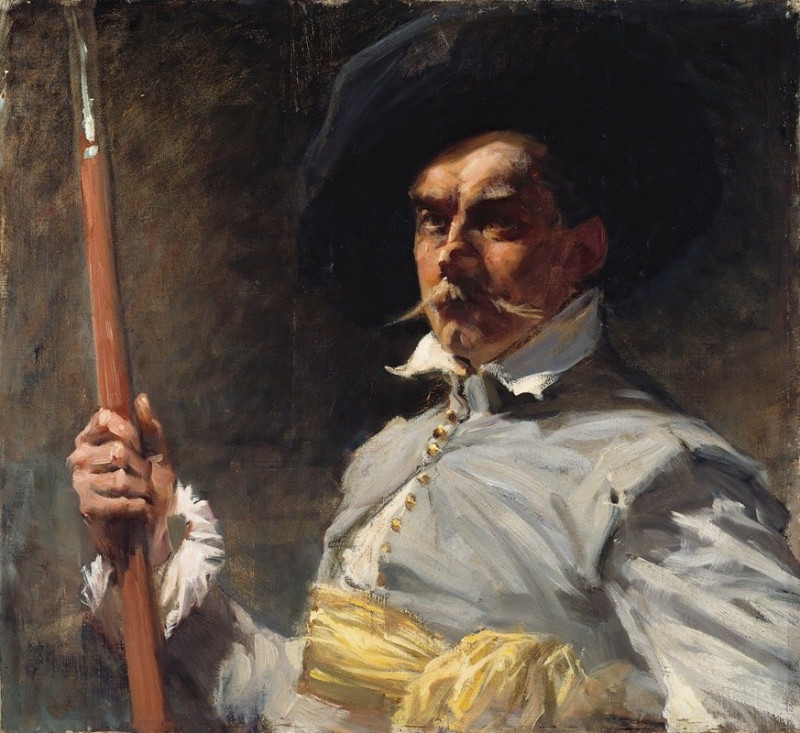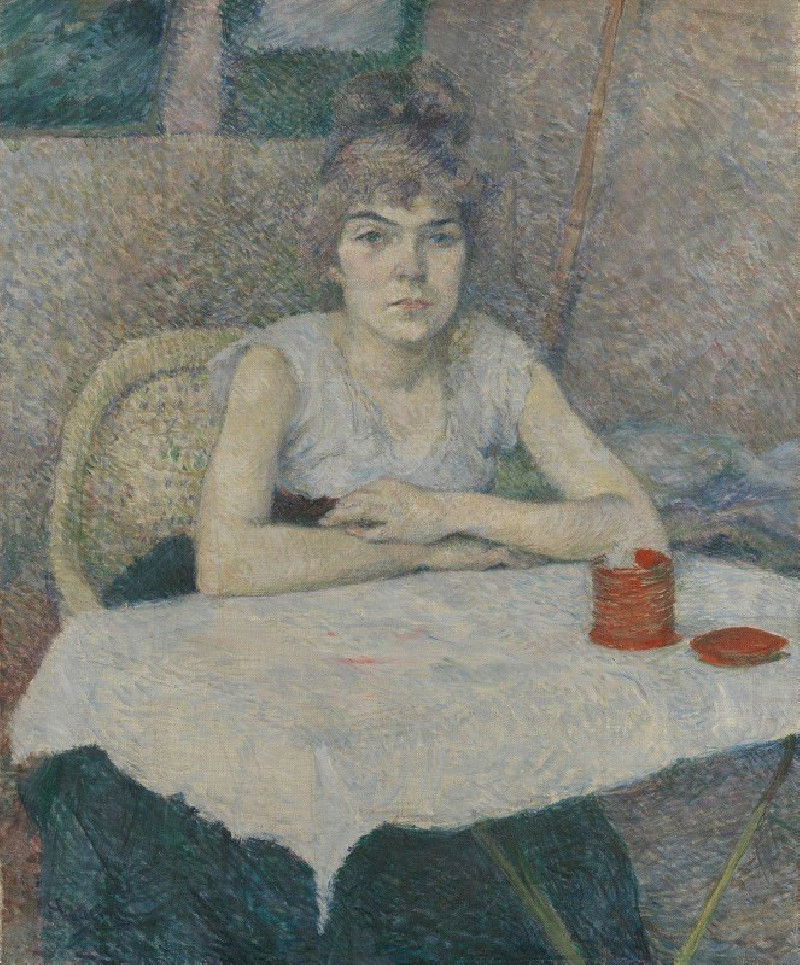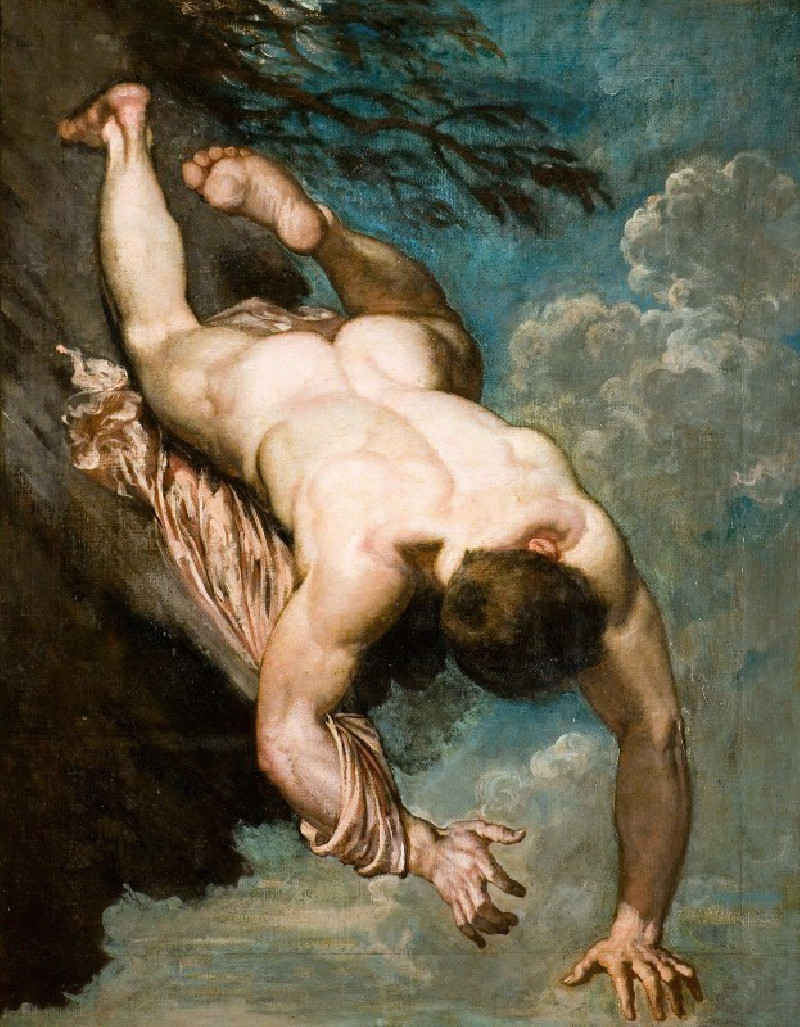Study of the ‘Ecorché’ (recto) (c. 1865-1870)
Technique: Giclée quality print
Recommended by our customers
More about this artwork
In the delicate shades of graphite on worn paper, Paul Cézanne’s "Study of the ‘Ecorché’" showcases the profound grasp of human anatomy possessed by the artist. Created during a period from 1865 to 1870, this sketch exemplifies the traditional art practice of studying ecorchés—models of bodies with the skin removed, focusing on musculature and bodily structure.The drawing captures the robust and intricate arrangement of muscles in a concise, almost sculptural form, demonstrating an intense focus on the dynamics of human physiology. Each stroke brings to life the tension and power inherent in the human form, a testament to Cézanne’s skills in observational sketching and his deep understanding of the body's mechanics. This rendition goes beyond the mere replication of an anatomical model; it reflects a deeper inquiry into the force and poetry of human flesh stripped of its ornamental layers.This study, though perhaps clinical in its origins, touches on themes far beyond the mere scientific. Cézanne's deft hand transforms a medical study into a piece of art that communicates the visceral energy and fragility of human life. The choice of media, the softness of the graphite, and the visible aging of the paper accentuate the temporal nature of our own physical existence."Study of the ‘Ecorché’" is not just a testament to Paul Cézanne’s foundational years and rigorous art training but also a window into the evolving style that would later define his contributions to Post-Impressionism.

